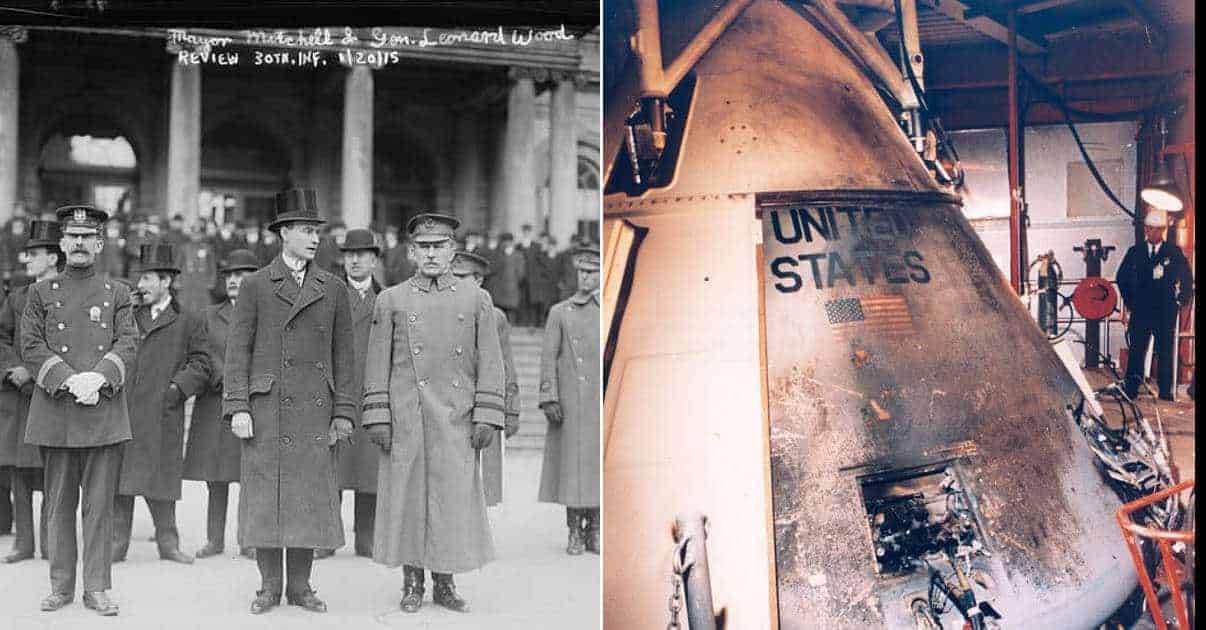Accidents are something that happen to other people we tell ourselves, but then we are often shocked when they do. In life, some attain a stature which surpasses the average person, and accidental death is beneath their status. Sometimes it’s just the strangeness of the circumstances. Some lived lives defying death in situations requiring inspiring courage, with danger all around them as a matter of course. Some helped inspire and encourage the public to face trying times and situations by their own selflessness, to have them taken away by the same dangers everyone faces every day is almost unimaginable.
But it happens, and it serves as a reminder that the loftiest among us, the heroes who have led others, or who have entertained us, are as human as any other, and are subject to the same vagaries of fate and luck. Some have been taken in accidents which were a result of their own folly, some from the folly of others involved, simply being in the wrong place at the wrong time. For some, the idea of their being susceptible to something as mundane as an accident has led to theories of conspiracy, based more on the disbelief that someone so above the common herd could die in an accident than evidence of foul play.

Here are ten examples of famous accidental deaths which have shocked Americans in history.

George S. Patton
Most Americans know George Patton from the George C. Scott portrayal in the motion picture Patton and other media portrayals of the general, who throughout his life and career was a controversial, polarizing figure. During his lifetime, Patton was an Olympic athlete, competing in the modern pentathlon, where he finished fifth overall in 1912. He studied at both the Virginia Military Institute and the United States Military Academy at West Point, dealing with the challenging curriculum at both schools despite being seriously dyslexic.
He learned to lead his men from the front early in his military career while serving under Black Jack Pershing, a habit he continued throughout his career. He was part of the first attack using vehicles powered by engines during the expedition against Pancho Villa, From then on his career focused on mechanized warfare. During World War I, he started the US Army’s Light Tank School in France and later led the First Provisional Tank Brigade in combat on the Western Front. Wounded in the leg in 1918, Patton came out of the First World War with the reputation of fearlessness.
Between the wars, he added to his reputation by saving several children from drowning following a yachting accident. He was instrumental in the development of the US Army’s armored doctrine, took part in the dispersal of the Bonus Army of veterans (under MacArthur, of who’s conduct he disapproved of), and also began his long relationship with the press. During the Second World War, his exploits became famous through the reports about his actions as well as the actions themselves, and he became highly controversial. In combat, his troops were successful, and his leadership was seldom questioned, though his attitudes towards his superiors often was.
Following the war in Europe, Patton requested duty against the Japanese, which was rebuffed by George C. Marshall. Patton was assigned as Military Governor of Bavaria, again creating controversy from his remarks and actions regarding the denazification of Germany. After Eisenhower relieved him he was assigned command of a unit designated to write the history of the war in Europe. While in command and awaiting a departure for leave date the car in which he was riding in the back seat collided with an Army truck on December 8, 1945, and Patton’s neck was broken. He died on December 21 and was buried in Europe.
The idea that one of America’s foremost soldiers could die from a slow-speed auto accident triggered disbelief among some, who postulated that the American OSS wanted him dead and staged the accident, or that the Russians poisoned him while he was hospitalized, with American knowledge, and other theories which fail to take into account the extent of his injuries and the inability of then medical science to stabilize him. Death from pulmonary edema, which coupled with congestive heart failure is what killed Patton, was common for those paralyzed from the neck down, as he was.

